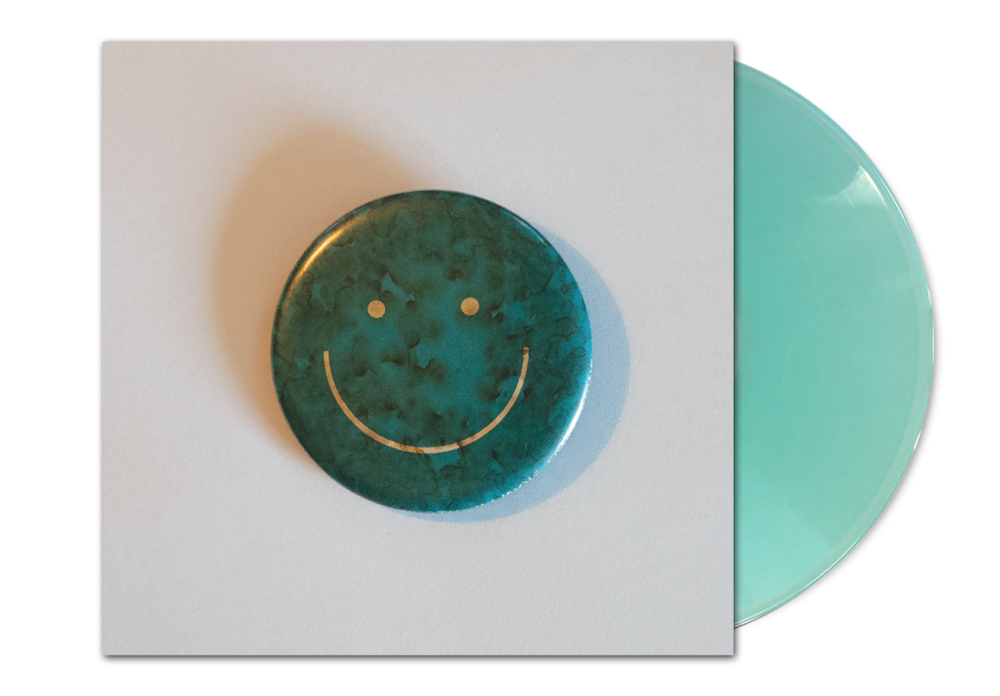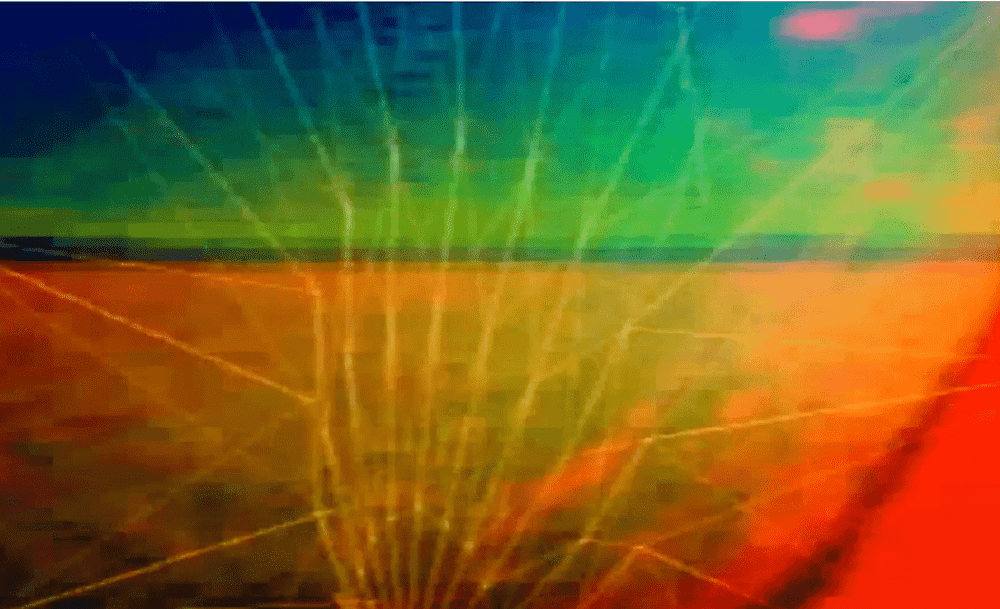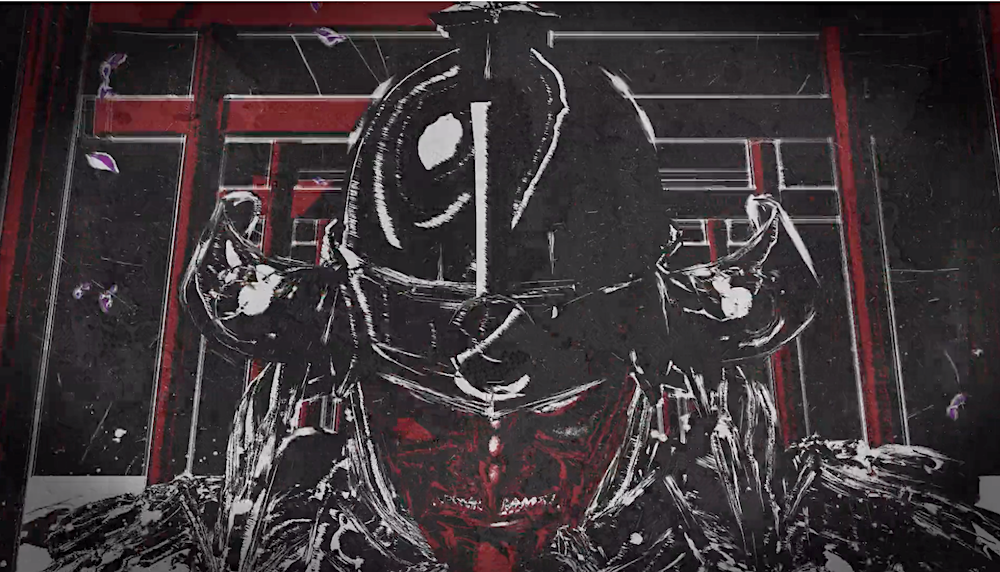The Evolution of The Cure: From Goth to Pop and Back Again
Trash Theory widmen sich sich den legendären ‚The Cure‘ und stellen heraus, wie der Sound von der Band über die Jahrzehnte immer wieder abhängig, von Robert Smith’s Stimmungen und Lebensanschauung war, bis heute.

09.02.2019
Ich persönlich bin eher über die dunkle Phase der Band zum Fan geworden. Damals kannte ich coole Leute die ‚Pornography‘ und ‚Disintegration‘ gehört haben und wollte genauso cool sein.
Meine wahre Leidenschaft entwickelte ich dann aber zunächst über ‚Wish‘ eine Platte die meines Erachtens in dem sonst sehr guten Essay ein wenig zu kurz kommt. Für mich ist ‚Wish‘ auf gewisse Art und Weise die perfekte Symbiose aus ‚Pop- und Dark The Cure‘.
Ist aber nur meine Meinung und macht das Filmchen nicht weniger sehenswert.
The Cure are weird. In fact that is part of their appeal. They are outsiders, the forgotten and the lost and so invite that subsection of society. But what makes the band especially weird is that there are many different shades of Cure. The muted greys of Seventeen Seconds, the candy floss pinks of Japanese Whispers through to the deep pained purples of Disintegration. To quote the Cure’s frontman Robert Smith: “The music’s always reflected to a very large degree, how I am mentally.” They are the only band, Smith also notes, that are routinely perceived as both suicidal and whimsical. All through the 80s, clad in black, smudged with crimson lipstick, they unleashed super-sweet pop (Let’s Go To Bed), dour goth (A Forest, The Hanging Garden) and everything in between, loved by both their cult-like fanbase and the music-listening public at large. They played by their own rules. But how did the Cure morph from suicidal oddities to whimsical new-wavers and back again within a decade?
*** Belong to the cool Kids! It’s Easy: Follow this Blog on Social Media like Twitter, Snapchat or Instagram for more Content of from Zwentner.com & about my Life ***




